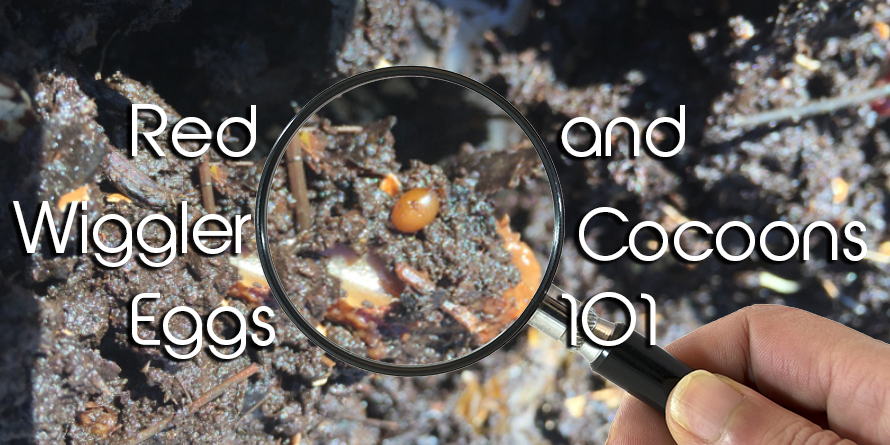Choose Lake Hickory Bait for High-Quality Worms, Tackle, and More
Choose Lake Hickory Bait for High-Quality Worms, Tackle, and More
Blog Article
Red Wigglers: The Unsung Heroes of Organic Waste Recycling
Red wigglers, or Eisenia fetida, offer as important representatives in the natural waste reusing procedure, transforming discarded materials into useful vermicompost. As the globe increasingly seeks solutions to combat waste build-up and improve agricultural productivity, comprehending the duty of these worms ends up being important.
What Are Red Wigglers?
The impressive durability of red wigglers, scientifically referred to as Eisenia fetida, underscores their important function in natural waste recycling. These little, reddish-brown earthworms are normally discovered in decomposing organic matter, such as garden compost stacks and manure stacks. Lake Hickory Bait. Unlike various other earthworm varieties, red wigglers flourish in nutrient-rich environments and are very efficient at damaging down natural products, making them necessary for vermicomposting

(Red Wiggler Express)In addition to their function in waste decrease, red wigglers contribute to dirt health and wellness by improving dirt structure and oygenation with their burrowing tasks (Lake Hickory Bait). Their presence in composting systems not just enhances disintegration rates but likewise advertises a sustainable approach to throw away monitoring, highlighting their value in eco-friendly preservation efforts
Benefits of Composting With Worms
Composting with worms, particularly red wigglers, uses various advantages that enhance both waste monitoring and dirt wellness. These worms successfully damage down natural waste, transforming it into nutrient-rich vermicompost that enriches soil. This procedure accelerates decay, enabling a quicker recycling of kitchen scraps and various other natural products compared to typical composting techniques.
Additionally, the vermicompost created by red wigglers is including beneficial microbes, which aid enhance dirt framework, aeration, and dampness retention. This improves the general health and wellness of plants, promoting strenuous development and boosted returns in gardens and agricultural settings. The use of worms in composting lessens the production of greenhouse gases, such as methane, contributing to a more lasting waste monitoring system.

Exactly How to Start Vermicomposting
Establishing a vermicomposting system is an uncomplicated process that can produce considerable advantages for both waste administration and soil enrichment. To begin, choose an ideal container, such as a plastic bin or wood box, with sufficient air flow openings to make certain proper airflow. The dimensions need to preferably be about 2 feet by 3 feet, allowing sufficient area for the worms to prosper.
Next, prepare bed linens material, which can consist of shredded paper, cardboard, or coconut coir. This bed linen needs to be moistened to produce a suitable habitat for the worms. When the bedding is in place, present red wigglers (Eisenia fetida) right into the container, usually around one pound of worms for each square foot of surface area.
Following the positioning of worms, add natural waste, such as fruit and veggie scraps, coffee premises, and crushed eggshells. With these actions, you will efficiently start a vermicomposting system that adds to sustainable waste management and improves your soil.
Keeping a Healthy And Balanced Worm Bin
(Lake Hickory Bait)Maintaining a worm bin prospering requires routine focus and like ensure the health and wellness of the red wigglers and the effectiveness of the composting procedure. Correct maintenance starts with monitoring the dampness levels; the bin ought to perspire but not saturated. A great rule of thumb is to preserve an uniformity similar to a wrung-out sponge.
Delicately this post blending the bed linen and food scraps every couple of weeks stops compaction and makes certain that all worms have accessibility to oxygen. Additionally, it is crucial to feed the worms appropriately.
Temperature level policy is one more important facet. Red wigglers grow in a variety of 55 to 77 degrees Fahrenheit. If the bin comes to be too hot or cool, the worms might become stressed out - Lake Hickory Bait. Lastly, occasionally examine for indications of wellness, such as worm population growth and the visibility of healthy and balanced castings. By diligently handling these aspects, one can preserve a durable and productive worm container.
Effect On Lasting Living
The effective upkeep of a worm bin not only benefits the health and wellness of red wigglers but likewise adds dramatically to sustainable living methods. By recycling organic waste, such as kitchen scraps and backyard debris, red wigglers aid draw away substantial amounts of product from landfills. This decrease in waste not only reduces greenhouse gas exhausts yet additionally reduces the environmental concern connected with waste administration.
Additionally, the spreadings created by red wigglers act as a nutrient-rich organic plant food, enhancing dirt health and wellness and advertising plant growth. This all-natural choice to chemical plant foods supports sustainable farming and gardening practices, reducing dependence on synthetic inputs that can damage communities. In addition, worm composting cultivates awareness of waste monitoring, urging people and areas to take on even more sustainable routines.

Verdict
In summary, red wigglers act as crucial contributors to natural waste recycling through their effective disintegration of natural materials. Their capacity to produce nutrient-rich vermicompost enhances soil health and wellness and sustains lasting agricultural practices. By incorporating vermicomposting into waste monitoring approaches, individuals and communities can significantly decrease waste while promoting ecological sustainability. The duty of Eisenia fetida in cultivating healthy and balanced ecosystems highlights the significance of these microorganisms in attaining lasting living and boosting dirt fertility.
Report this page